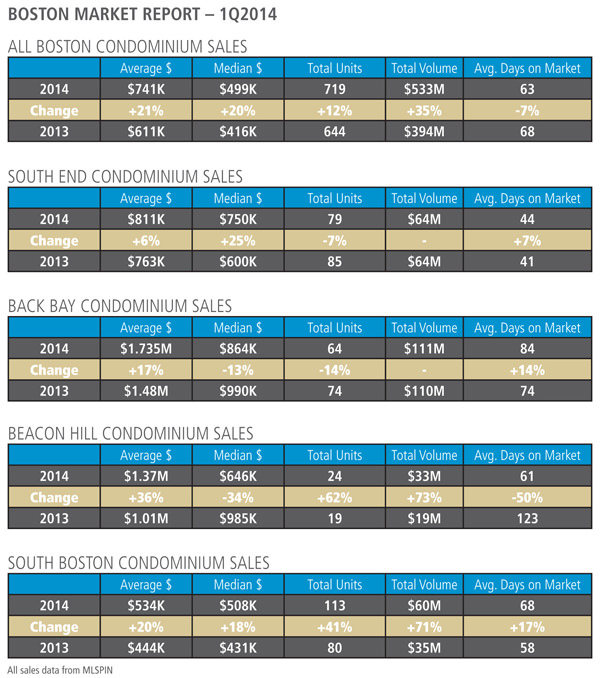Growth continues to cool
20-city index shows yearly price growth dropped to single digits in May
Yearly growth in U.S. home prices continued to slow in May, but still remained well above average.
The S&P/Case Shiller 20-City Composite Index showed prices rising 9.3 percent year over year in May, down from 10.8 percent in April. Annual price gains slowed in May for all cities tracked by the index besides Charlotte and Tampa.

Source: S&P Dow Jones Indices and CoreLogic
Tampa registered the highest monthly price gain (1.8 percent), followed by San Francisco (1.6 percent) and Chicago (1.5 percent). Phoenix and San Diego were the only cities to show monthly increases of less than 1 percent in May, with gains of 0.4 percent and 0.5 percent, respectively.
The picture changes when adjusting for seasonal factors.
After factoring in the spring’s typical influence on home prices, prices decreased 0.3 percent month over month in May, with only six out of 20 cities showing gains.
Home to seven of the top eight cities showing the most annual price growth, the Sun Belt continued to lead price gains.
Despite seeing their annual price growth decrease by 2 to 3 percentage points, Las Vegas (16.9 percent) and San Francisco (15.4 percent) still posted the largest annual price increases.
The other cities that showed double-digit annual gains were: Miami (13.2 percent), San Diego (12.4 percent), Los Angeles (12.3 percent), Detroit (11.9 percent), Atlanta (11.2 percent), Tampa (10.2 percent) and Portland (10 percent).
Expanding home inventory has helped cool home prices in recent months. Economists generally view the trend as favorable because it will keep prices from rising too quickly, which hurts affordability and reduces buyers’ options.





